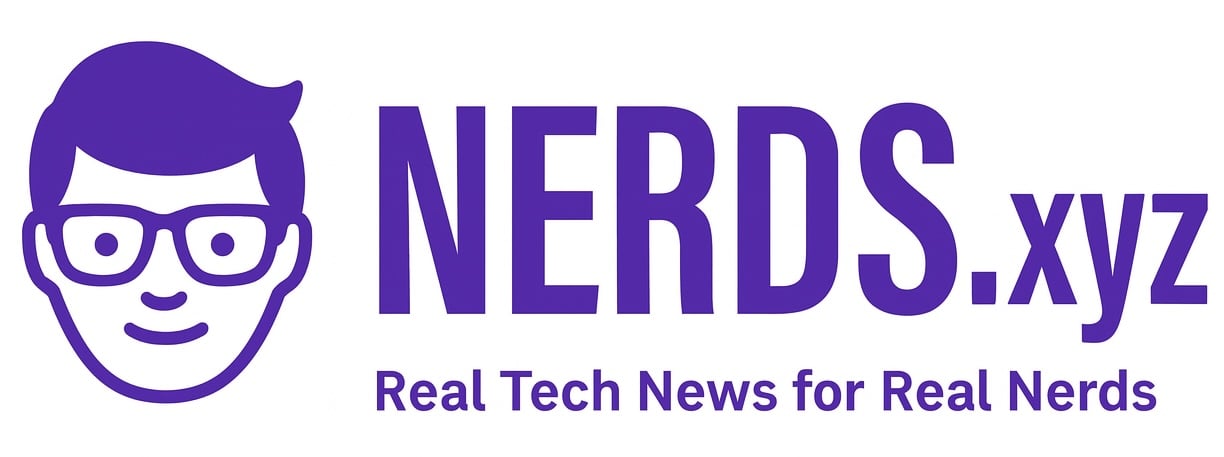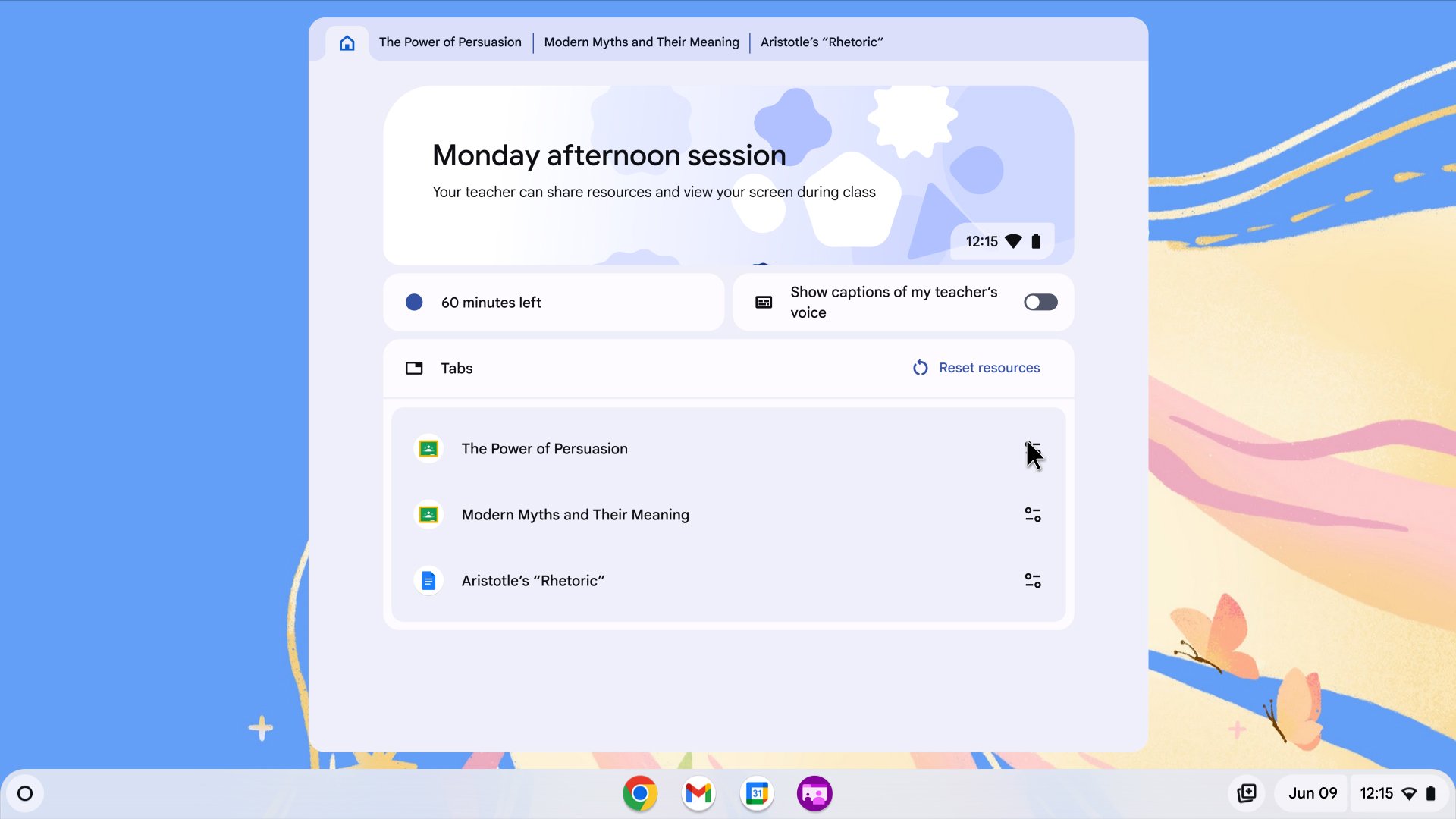
Google is going all-in on education this week at ISTE 2025 in San Antonio. The company rolled out a massive list of updates across its Gemini AI platform, Chromebooks, and Workspace for Education tools. It’s clear Google wants to be at the center of how students learn and how teachers teach.
The announcements hit just about every area of the classroom. We’re talking about new AI tools, more powerful Chromebooks, fresh software features, and even deeper admin controls. Whether that’s exciting or overwhelming probably depends on who you ask.
One of the big updates is Gemini in Classroom. Google is now offering more than 30 no-cost AI tools for teachers. These tools are meant to speed up lesson planning, generate materials, and even help with grading. That’s available starting today.
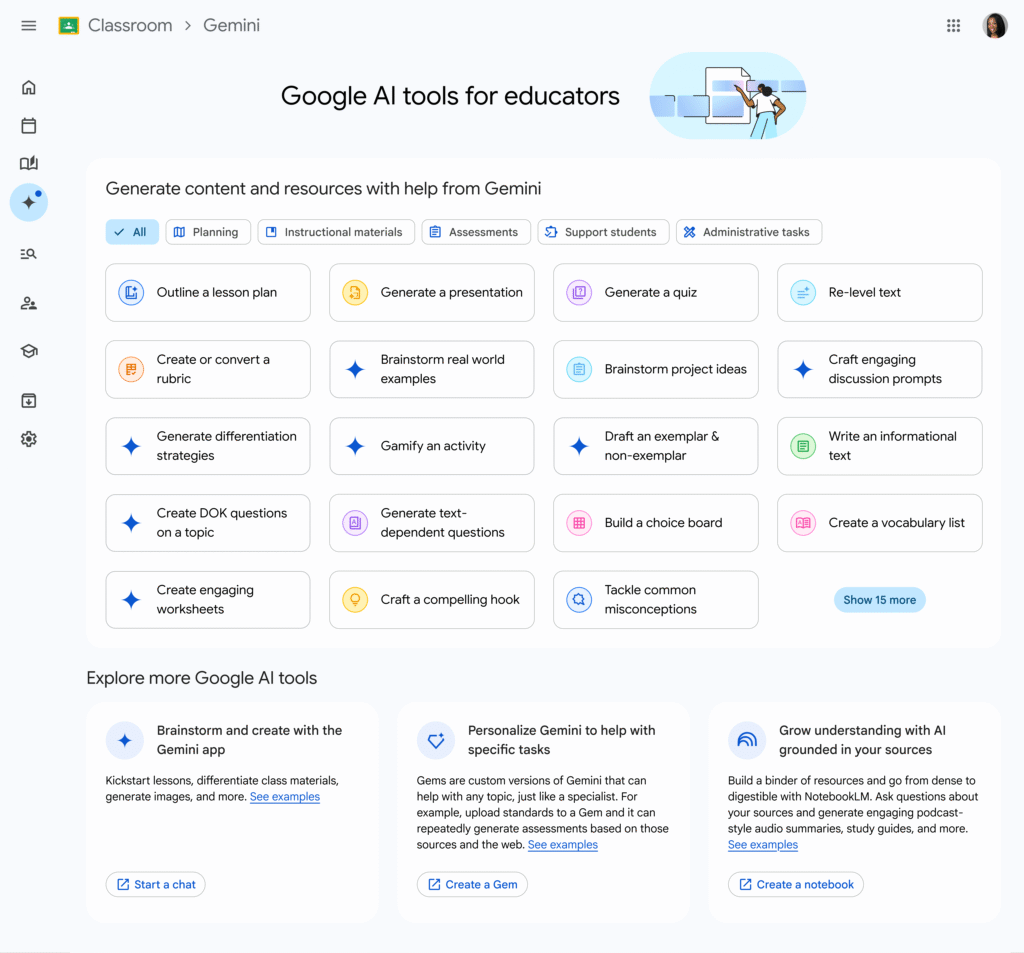
But it goes further. Google is also bringing in teacher-created AI assistants. They’re called Gems, and they let students interact with customized versions of Gemini that are grounded in actual class materials. Another feature, NotebookLM, lets teachers build study guides and even podcast-style audio recaps using their own uploaded content.
This all ties into the company’s bigger plan to make education more creative and personalized. That’s also where Google Vids comes in. It’s now available to all Workspace for Education users. Teachers can make short instructional videos, and students can use it for book reports or other assignments. It’s all integrated with Classroom and Drive.
Classroom management is getting an upgrade too. A new set of Class tools lets teachers broadcast instructions to student screens, limit what students can do on Chromebooks, and even check in on live work. It supports captioning and multiple languages, which could be a big deal for ESL learners and students who need accessibility features.
Document cameras are also getting some love. Google will soon launch a universal app for ChromeOS called Camera Studio. It’ll support freeze, zoom, mirror, and annotation across most common models.
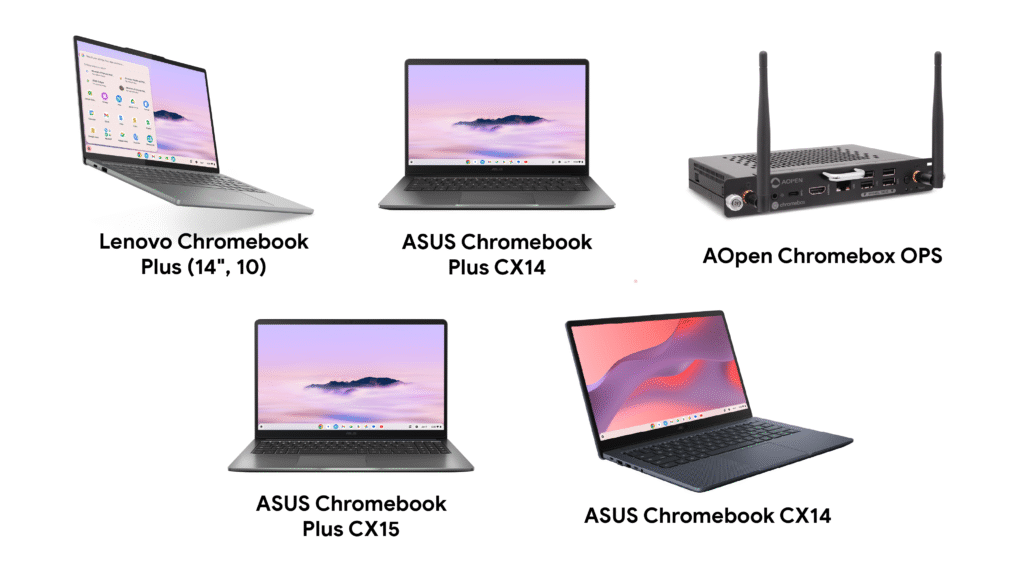
Chromebooks themselves aren’t being left behind either. Google announced more than a dozen new models, including the powerful new Lenovo Chromebook Plus. It’s the first to use MediaTek’s Kompanio Ultra chip with a built-in NPU for AI tasks. It can handle up to 50 trillion operations per second. That’s a lot of horsepower packed into a thin and light machine.
This device also promises the longest battery life of any Chromebook to date. It supports on-device image generation, smart grouping of tabs and apps, and other Google AI features that make schoolwork smoother.
Chromebox OPS was also announced. These plug-in modules turn big classroom displays into full ChromeOS machines. That means a teacher can run the same apps and OS on the board as the students are using at their desks.
Admins get new tools too. Gemini and NotebookLM now offer domain-level controls. Admins can review usage, manage access, and apply strict data policies. Gmail is also getting data classification labels to help prevent accidental sharing of sensitive information.
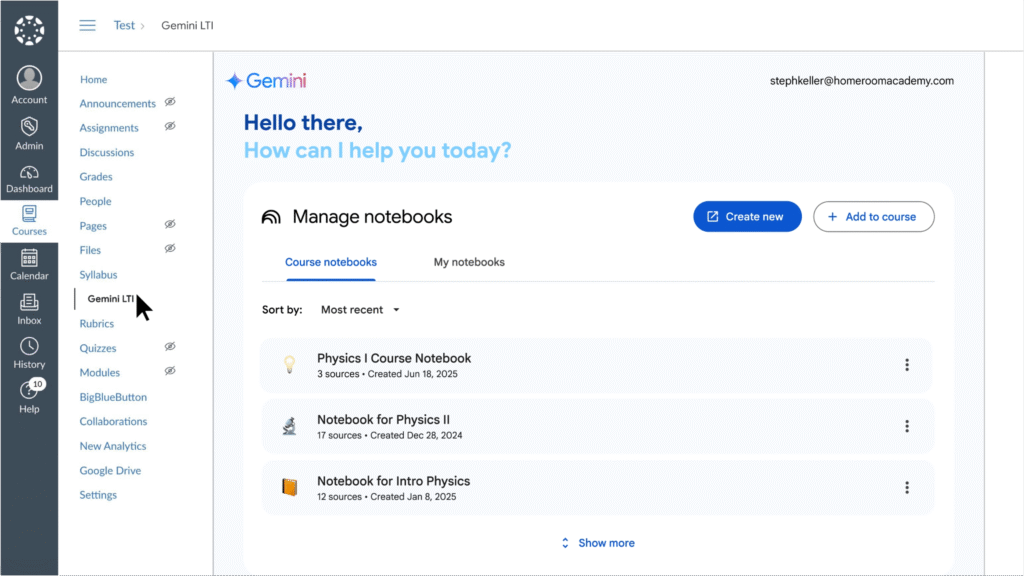
Meet is gaining a waiting room feature, giving hosts more control over who gets into a call and when. It’s a simple but welcome change for virtual classrooms.
Look, folks, I use ChromeOS every day for my own work. While I’m not in education, it’s easy to see why Chromebooks are the best platform for schools. They’re fast, secure, and easy to manage. The integration with Google’s ecosystem is seamless, and the new AI features make it even more appealing. Quite frankly, if I were a teacher, I wouldn’t want to use anything else.
This looks like a strong year ahead for Google in the classroom. If educators take the time to explore what’s available, there’s a lot here that could make learning more effective… and teaching a bit less stressful.
